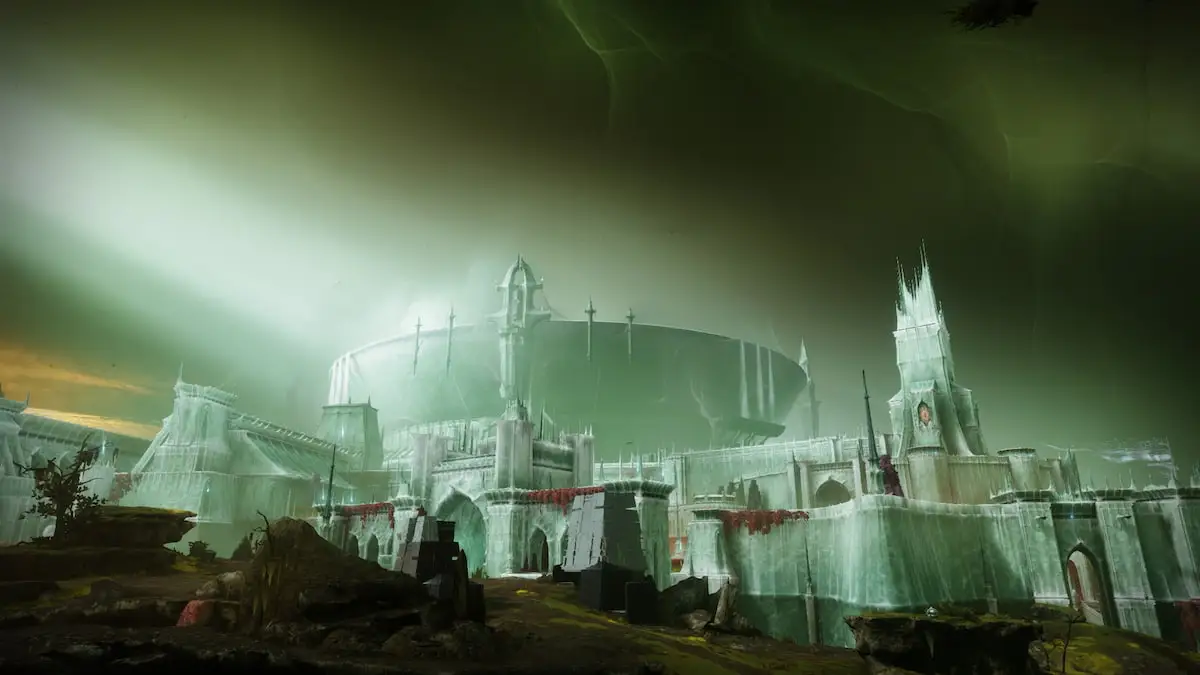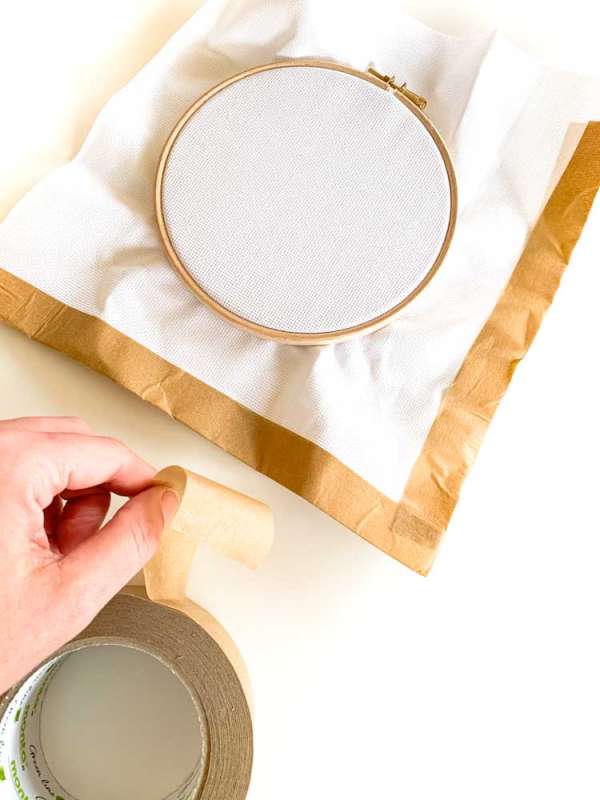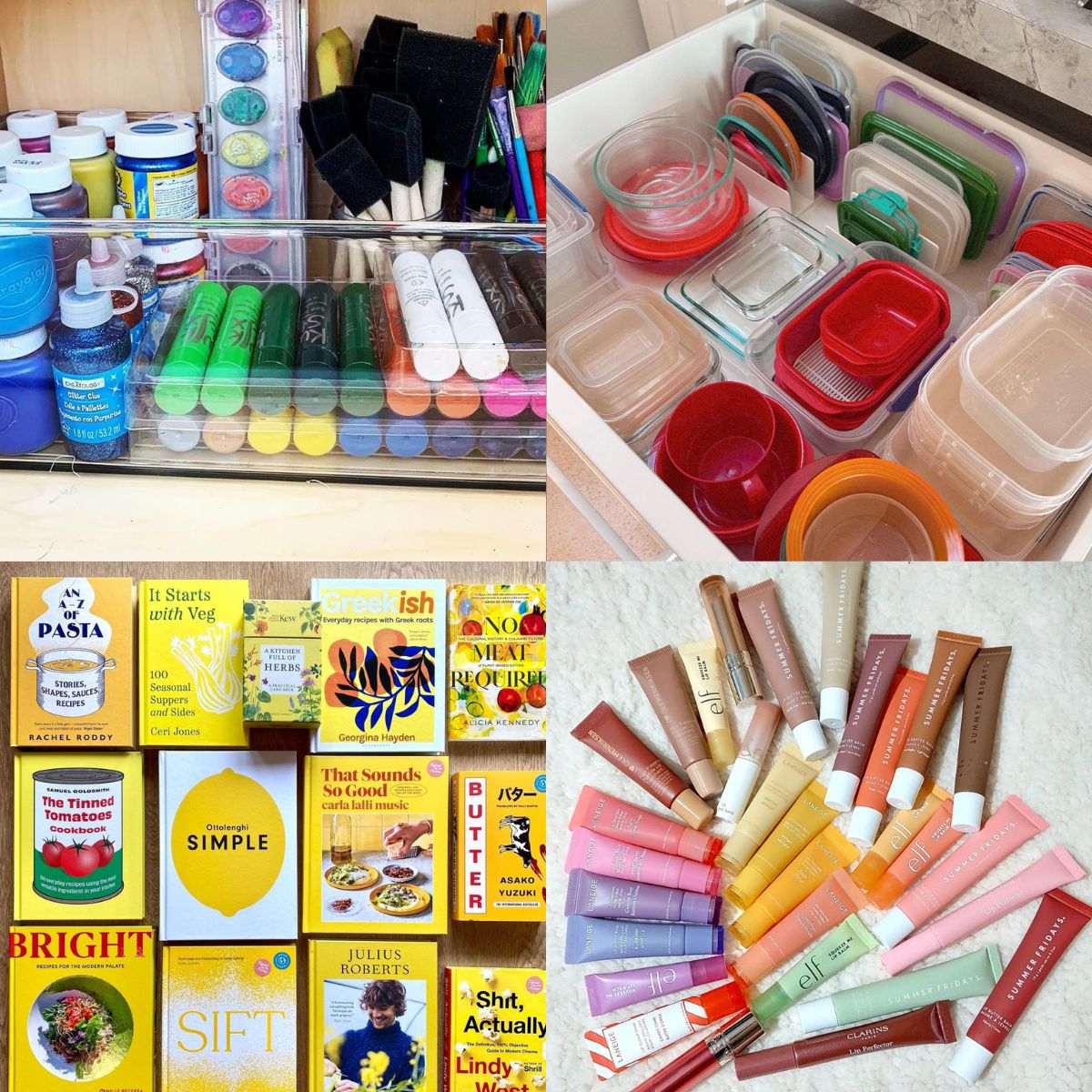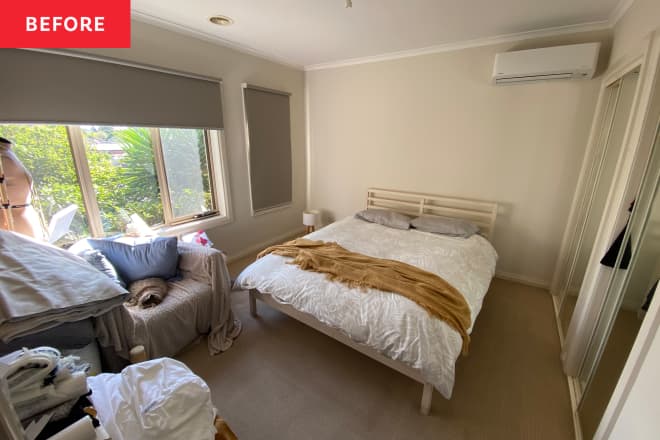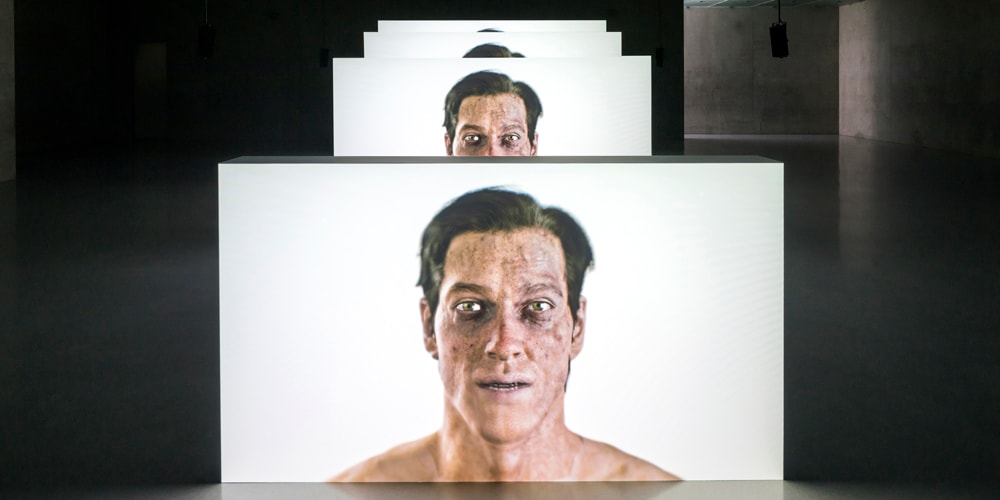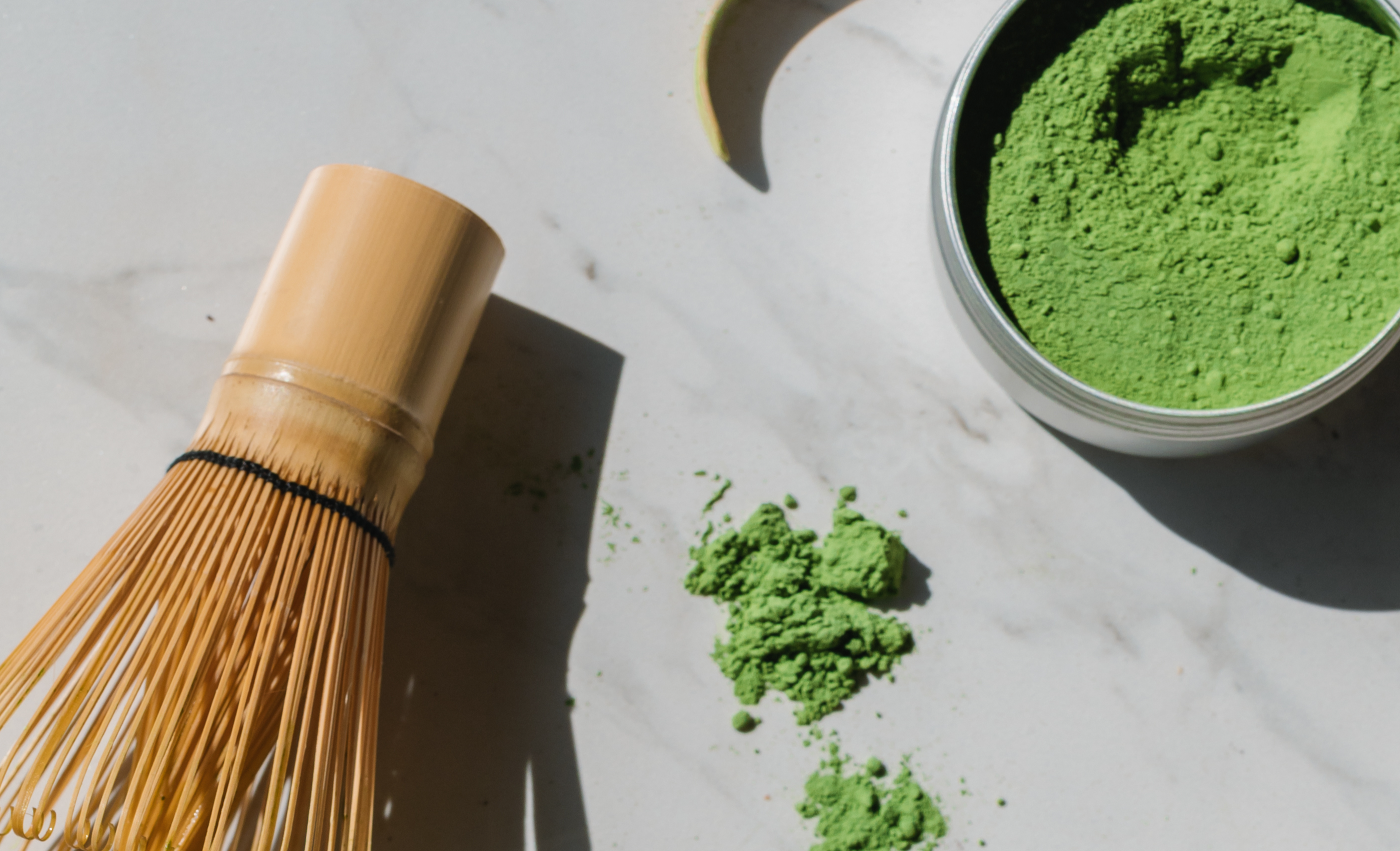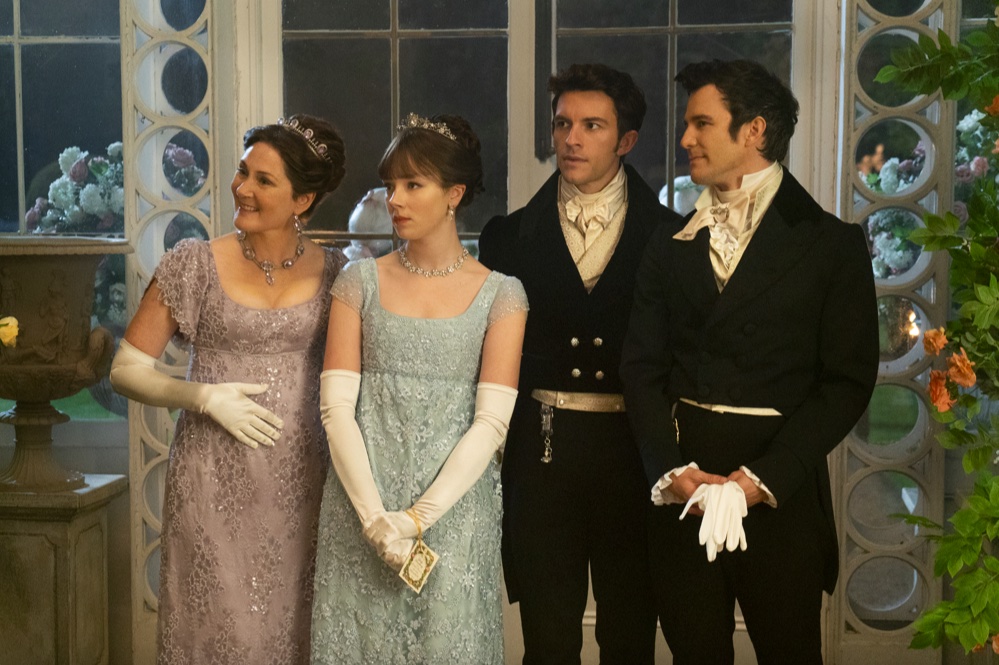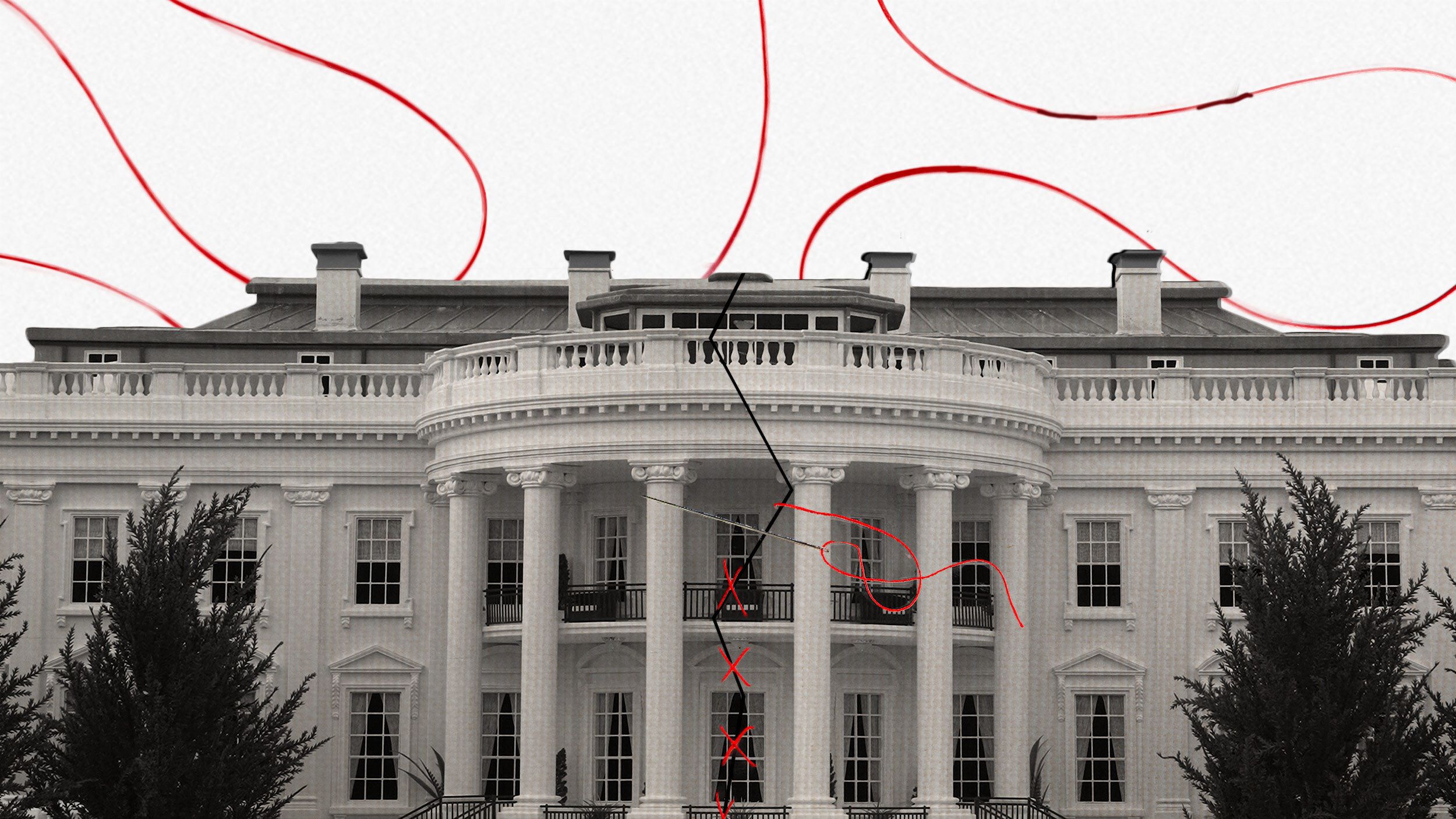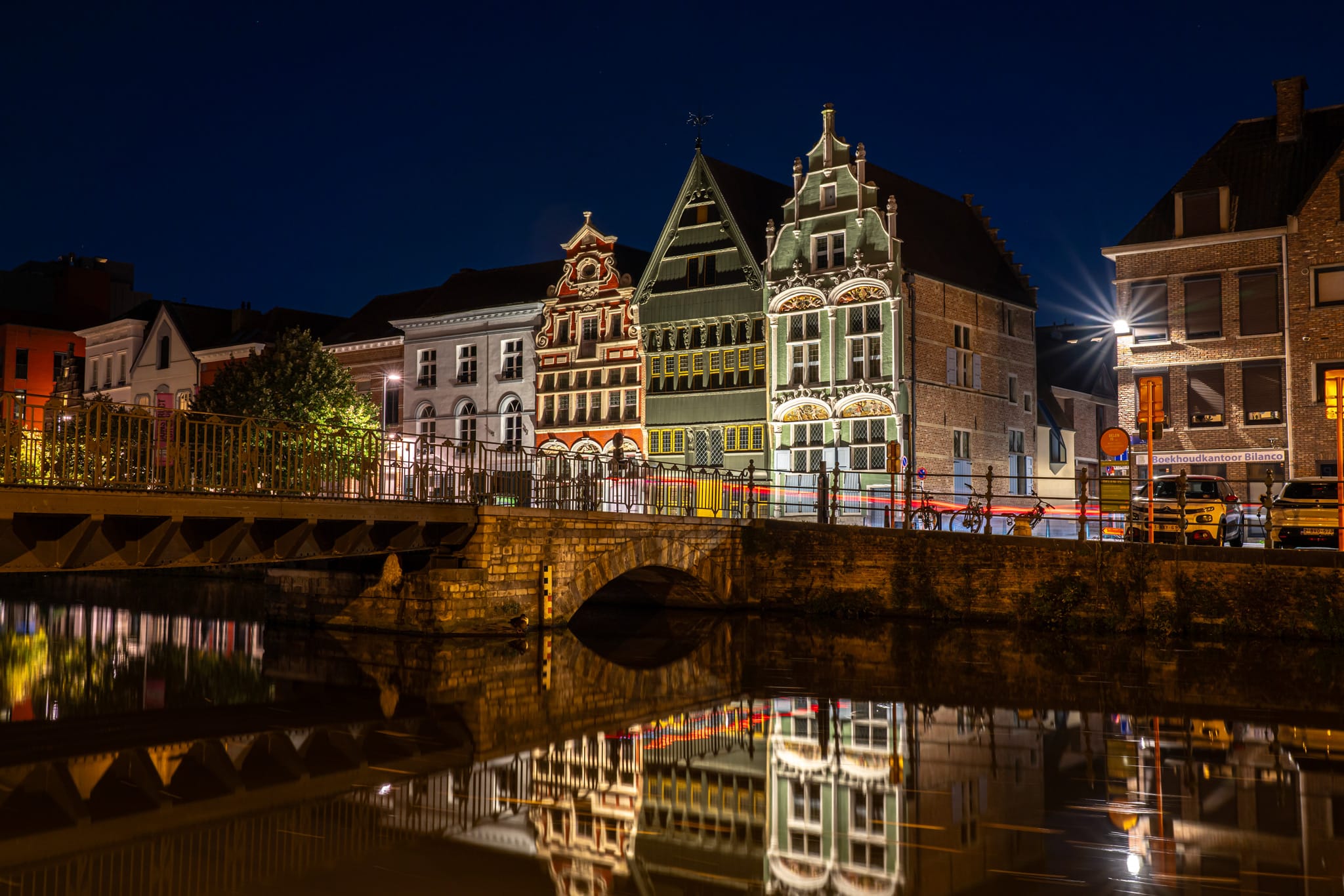Benjamin Franklin Museum and Court in Philadelphia, Pennsylvania
The Independence National Historical Park in Philadelphia is home to many important artifacts from American history. Many visitors come to see Independence Hall and the Liberty Bell, overlooking lesser known sights including the Benjamin Franklin Museum and Franklin Court. Franklin Court is bordered by brick houses on Market Street and contains a printing office exhibit, the Fragments of Franklin Court exhibit, and a the a working branch of the United States Postal Service known as the B. Free Franklin branch. The USPS post office is located in one of the buildings on Market Street. While it is a working post office, its services are limited. The clerk will hand-cancel, or stamp, a postcard or letter with Postmaster Franklin’s cancellation “B. Free Franklin.” These buildings were owned by Franklin, who was appointed postmaster of Philadelphia in 1737 and co-Postmaster General of the North American colonies for the British Crown until 1774. He then served as Postmaster General from 1775-1776 under the authority of the Continental Congress. The printing office contains two reproductions of 18th century printing presses like those that Ben Franklin and his family would have printed on. There is also a typesetting area, bindery, and Ben Franklin grandson's newspaper office for The Philadelphia Aurora, which he founded in 1790. Two large white steel frame structures provide a visual representation of the outline of Benjamin Franklin’s home and his grandson’s printing business. The buildings were later demolished to make way for commercial development, though the foundation of the house is still visible through observation windows. The grounds also include several informational plaques on the walls of the interior of the Court and markers where four privy pits, a well, and an ice pit were located in the 18th century. The Court also houses the Benjamin Franklin Museum, which is almost entirely under Franklin Court. The museum highlights Ben Franklin’s life and times and his impact on the development of the United States.

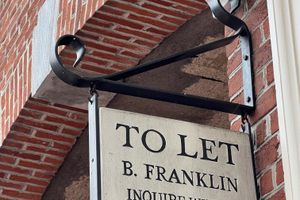
The Independence National Historical Park in Philadelphia is home to many important artifacts from American history. Many visitors come to see Independence Hall and the Liberty Bell, overlooking lesser known sights including the Benjamin Franklin Museum and Franklin Court.
Franklin Court is bordered by brick houses on Market Street and contains a printing office exhibit, the Fragments of Franklin Court exhibit, and a the a working branch of the United States Postal Service known as the B. Free Franklin branch. The USPS post office is located in one of the buildings on Market Street. While it is a working post office, its services are limited. The clerk will hand-cancel, or stamp, a postcard or letter with Postmaster Franklin’s cancellation “B. Free Franklin.”
These buildings were owned by Franklin, who was appointed postmaster of Philadelphia in 1737 and co-Postmaster General of the North American colonies for the British Crown until 1774. He then served as Postmaster General from 1775-1776 under the authority of the Continental Congress. The printing office contains two reproductions of 18th century printing presses like those that Ben Franklin and his family would have printed on. There is also a typesetting area, bindery, and Ben Franklin grandson's newspaper office for The Philadelphia Aurora, which he founded in 1790.
Two large white steel frame structures provide a visual representation of the outline of Benjamin Franklin’s home and his grandson’s printing business. The buildings were later demolished to make way for commercial development, though the foundation of the house is still visible through observation windows.
The grounds also include several informational plaques on the walls of the interior of the Court and markers where four privy pits, a well, and an ice pit were located in the 18th century.
The Court also houses the Benjamin Franklin Museum, which is almost entirely under Franklin Court. The museum highlights Ben Franklin’s life and times and his impact on the development of the United States.


























































